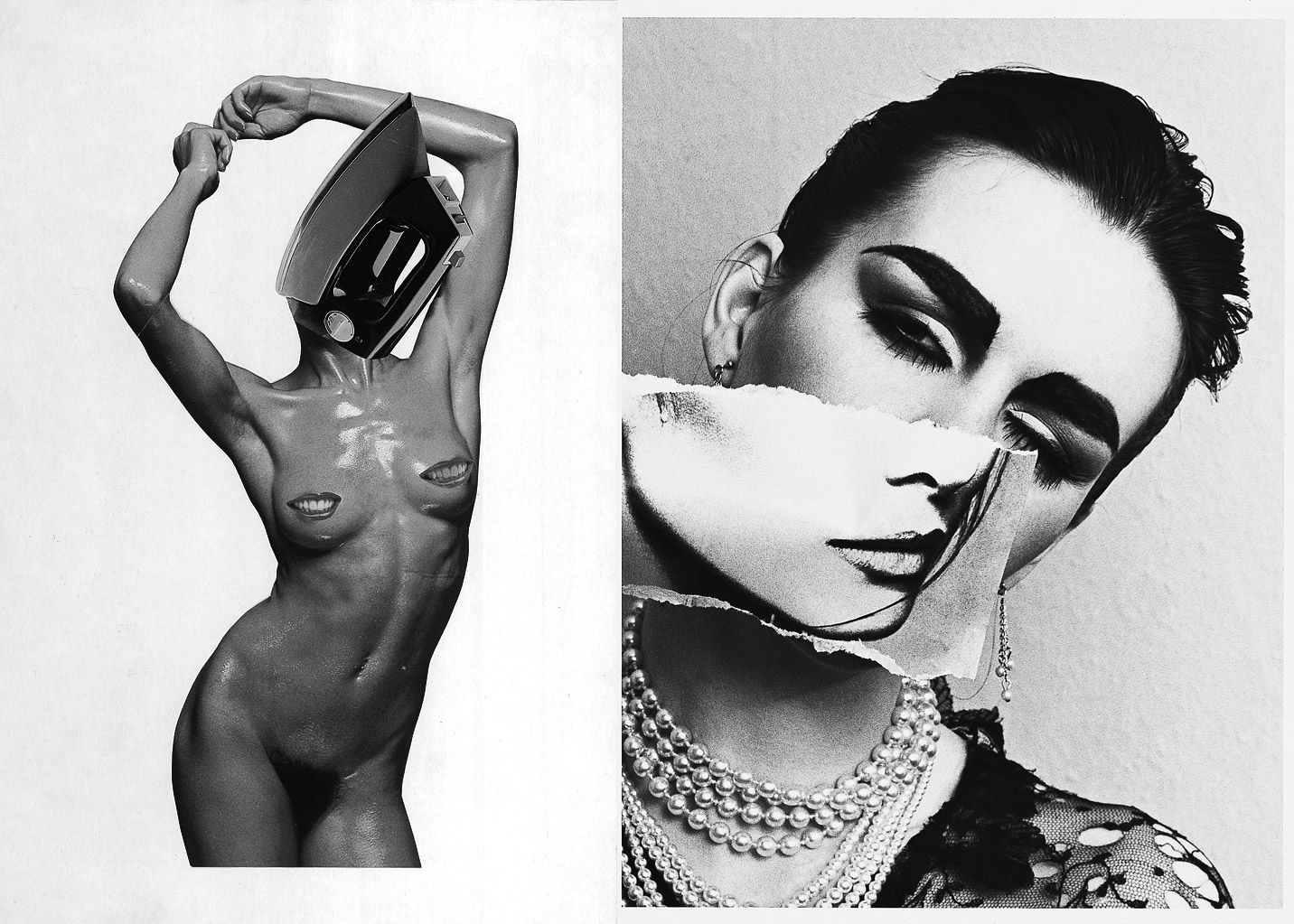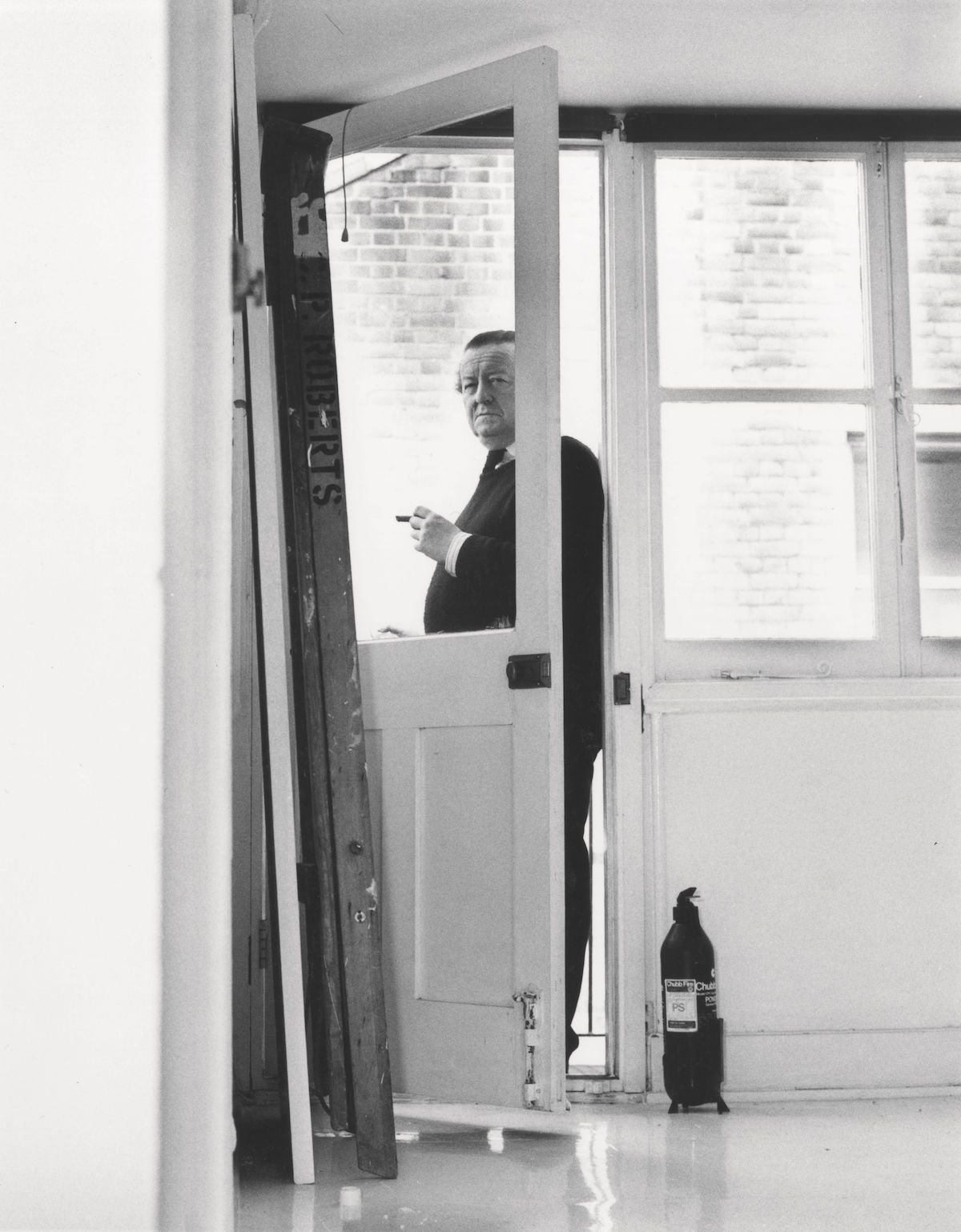Model: EINAR THORSTEINN
|CARSON CHAN

Conversation with EINAR THORSTEINN spreads as broadly as his career. Architecture, 3D geometry, contemporary art, city planning and working with NASA have flung him from his native Iceland to Denmark, Germany and the United States. Today, at 64, much of what he does takes place either in Olafur Eliasson’s Berlin studio, or in a packed workshop in his home in Brieselang, a bedroom community in the former East. Between monologues about the mobile lunar research laboratories he is designing for NASA and the urban ambitions he has for the uninhabited expanses of the Icelandic interior, Einar taught me the basics of 3D five-fold symmetry space through paper models.
CARSON CHAN: The idea of using models to discover forms is something you learned from Frei Otto while working for him in the early 1970s. Otto used models to figure out the dynamics of tensegrity structures – in other words, he used them instrumentally, for a concrete purpose. You have hundreds of paper models of complex geometric shapes here in your workshop. What are they for?

EINAR THORSTEINN: My models are for experimenting – and by experimenting, I mean understanding. I make models to find out what’s really going on. Five-fold symmetry is very complicated, the human brain is simply not made for comprehending it. Our brain is wired for three axes: up / down, north / south, east / west. That’s it. With 3D five-fold symmetry space, geometric structures are made of five times the normal XYZ coordinates, with Golden Ratio angles between them – something that gets tricky to visualize as the structures get more complex.
When you have a model in your hands, everything is explained. With complex structures, you can always draw it or write it out, but I found that to understand it fully, one must hold it. It’s more efficient. Fingers can understand. By feeling the form, you know the form. You remember the touch. It is stored in the body.
Does this relate to the experiential or phenomenal nature of the work you make with Olafur Eliasson? Much of the work that comes out of that studio requires the viewer to be physically and intellectually engaged.
That’s true, but what I do is related to more than just art, or what I’m doing at the moment. Let’s put it this way – I’m always working on something new, always oriented in the future. I have a lot of ideas and I make things as a way of “storing” them. I have been working with these geometric structures for years, and I would be making them now even if I weren’t collaborating with Olafur. Olafur is a superstar and I’m glad that he’s giving me a venue to do what I want. One thing that Olafur and I agree on is the necessity of experimentation. We spend more money on experiments than most artists I know. In the end, what Olafur makes is art; what I make are experiments. The products, the things that I create are just “carrots.” They dangle there leading me to the real questions.
The real questions …
The real question for me is to figure out who we are. I recently started an institute – the Institute for the Advance of Mind. All this is somehow related to understanding geometries and how they work. Buckminster Fuller explained to me once that because our world is constructed from geometric relations like the Golden Ratio or the Fibonacci Series, by thinking about geometry all the time, you could organize and harmonize your life with the structure of the world. I somehow agree.

You have been an artist, an architect, a geometer and more – sort of a disciplinary tourist. What else are you involved in?
Right now, I’m working on a beautifully complex geometric study for Peter Lassen’s furniture company, Montana, in Denmark, and also collaborating with a US research group working for NASA. I’m working with Guillermo Trotti, an Argentinean-American architect – the first space architect, in fact. In around 1975, he designed a moon-base for his thesis in architecture school. He then convinced NASA that they needed architects, not just engineers if they plan on having more permanent settlements on the moon. Engineers can make buildings, but architects are needed to design how we use them.
Gui and I met in 1986 in Houston, made a TV show about space architecture in 1988, and we started collaborating with NASA last year. NASA is funding our research to develop sensible research conditions on the moon. I think Americans are feeling a new urge to go to the moon again now that the Russian and Chinese space programs are lunar bound. I gather they will all go together in the end.
Funny how Earth-based politics get transferred to the outer space.
Yeah, and Earth-based traditions too. We’re making a proposal for mobile laboratories and living quarters. Everything will be mobile, like the eighteenth/nineteenth-century American pioneers and their caravans. The Oregon Trail on the moon! Our lunar-caravans will similarly move around for some years until they find somewhere suitable to settle.
Much has been said about how the Icelandic countryside, bare of trees and covered with black volcanic rock, looks like the surface of the moon. Your upcoming exhibition will feature a new design for an urban community that you are proposing for the middle of Iceland.
It’s going to be near Hofsjökull, Iceland’s central glacier. Hof is an old Viking word meaning “pagan church.”

An ancient city of the future?
The location of this new city has something to do with Iceland’s folklore. Trausti Valsson, a friend I’m collaborating with on this project, has been trying to demystify the uninhabited interior of Iceland through books and articles that he’s written over the years. Icelanders are pre-modern in many ways, which is good. They used to believe that the middle of the island was inhabited by Útilegumenn – mythical outcasts that killed their sheep. Everyone in Iceland still lives by the coastline, but it is very possible to live in the center – especially with the technology we have today and the incredible amount of geothermal power underneath the island.
This new city, as well as the show about it, is called Icelandic Oasis, why?
It’s called Icelandic Oasis because it will be a totally green development in the middle of nowhere. Very different from what a traditional city is. It will be a new model of contextualization in today’s global environment. Cities have always been developed from information and transportation networks – traditionally along roads and rivers. Now we have an electronic, immaterial network system of information transfer – one that spans across places that don’t have roads. A city in the middle of nowhere makes sense today. If it can happen in Dubai, why not Iceland?
“On my deathbed, I want to say that my life has been one big experiment.”
There is a humanist, almost Utopian dimension in the work of Buckminster Fuller and Frei Otto – a notion that architecture and design will somehow give people a better life through logical scientific reasoning. Does the Icelandic Oasis aspire to such ends?
Architecture is just another technology and humans will live with any technology that improves their lives. For me, Utopia represents something that “cannot be done”; but there is really no limit to what our human race can do! A large part of the vision is to be able to start a community from scratch, like on the moon. A community of the technological future, whether in the middle of Iceland or on the moon, won’t have to relate to any specific culture or tradition, because there are none to reference. They will be populated with people from different backgrounds, and the architecture can look like anything. The idea is to start with a totally new concept of what a city should be. It will be practical, sustainable and it will be for our survival.
What are the dangers we’re safeguarding against?
Global warming, for one, will dislocate the entire population of the equatorial region. Many people will need to move from where they live now, this I guarantee you. With the climate changing unexpectedly, the best thing is to get ready for it and to adapt. Therefore I want to cover this city in a translucent material to control the weather.
And everyone should move to Iceland?!
No, I’m estimating that about 300 thousand will (or 0.001%). This city is also an attempt, or protest against where I see Icelandic policy moving towards. The Icelandic government has been planning many hydroelectricity plants to power aluminum factories. I don’t want my grandchildren growing up with this as the life source of their country. Remember, these people are Vikings, if they don’t like it, they’ll go somewhere else! Icelanders are a resourceful and creative people. We need to foster this energy with new social structures, not destroy it.
Making something out of nothing seems to be an Icelandic trait, no? You have people growing up in villages of ten to twenty, and they end up becoming incredible musicians, fashion designers, writers, filmmakers.
In a way, modern Iceland is a new country. Everyone is figuring out what to do, trying things out. There isn’t a sense of “what is not possible to do” there. I’m still just trying things out. On my deathbed, I want to say that my life has been one big experiment.
Credits
- Interview: CARSON CHAN
- Photography: OLIVER HELBIG

